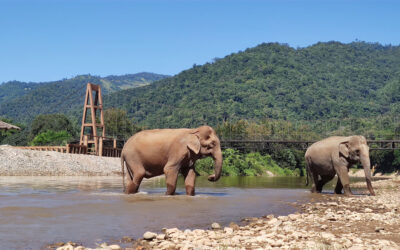And so to a new report on soft (i.e. agricultural) commodities from Bidwells, the agribusiness property consultancy, noteworthy for its observations about water scarcity and the need for productivity on existing agricultural land to rise by as much as 50 per cent (!) by 2050 if we’re to feed 9 billion.
In particular, though, note this interesting remark in the context of a discussion of how to invest in agricultural land profitably:
Logistics need consideration. The distances to market will impact on the options available and can be vital in cost sensitive commodities where transport costs can easily make up 20% of their total value. Cheap land a long way from markets and infrastructure may only be profitably farmed at very high prices.
Translated: before we see serious investment in increasing available acreage, investors will want assurance that prices for crops are going to remain high, in order to avoid being stranded with massive sunk costs. Sound familiar? Why yes! It’s the same with oil: no-one’s going to invest in hugely expensive, infrastucture-intensive exploration and production in the middle of nowhere (probably in temperatures of -30 degrees C on a warm day) without assurance of the oil price remaining high.
Problem is, while confidence is rising that the long term trend in oil and crops is upwards, short run trends are likely to be notable primarily for their volatility. Until a few weeks ago, lots of investors were confident that demand in China, India and other emerging economies would hold things up – but the balance of consensus seems to be tipping towards Nouriel Roubini‘s much more bearish view, which says that emerging economies absolutely remain coupled to industrialised countries’ fortunes.



